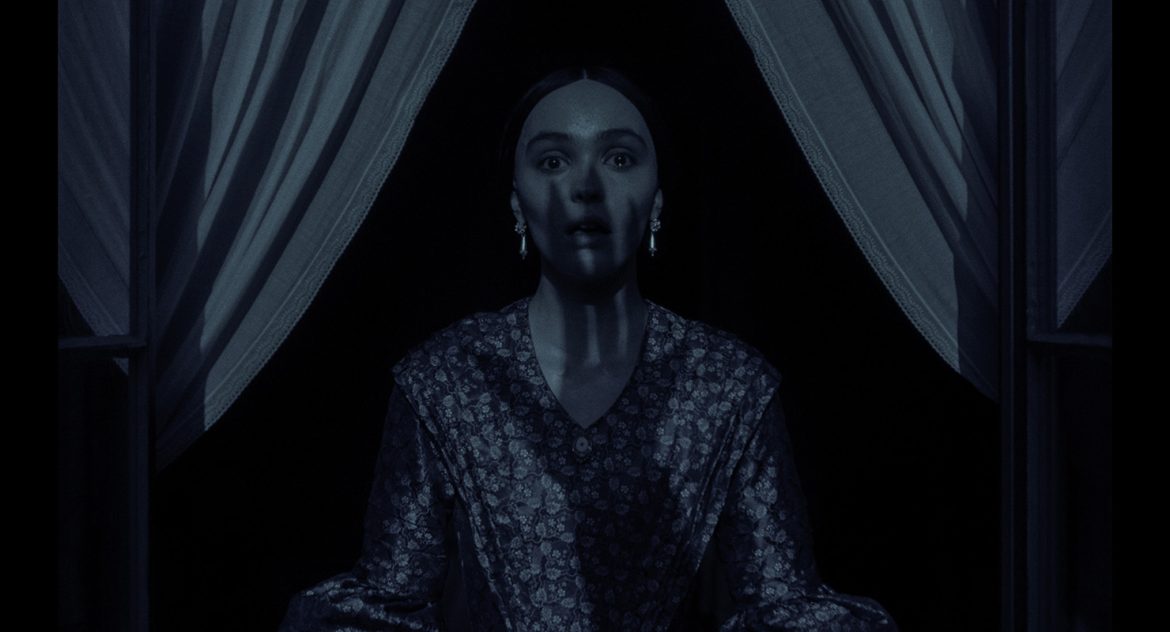By: Amelia Lozano
Robert Eggers’ latest film, “Nosferatu,” is one for the lovers of all things Gothic horror.
The film released on Christmas day. It is a remake of F.W. Murnau’s 1922 silent picture of the same name, which was heavily based upon Bram Stoker’s novel, “Dracula.” Confusing origin, I know.
Set in Germany in the 1830s, Eggers’ “Nosferatu” follows Ellen Hutter (played by Lily-Rose Depp), a young woman with a troubled childhood who is haunted by the vampire Count Orlok (Bill Skarsgard). The cast also features Nicholas Hoult, Willem Dafoe, Aaron Taylor-Johnson, Emma Corrin and Ralph Ineson.
Anybody who knows me might be aware of my passion for horror and vampire media (see the Voices page of The Cameron Collegian, Volume 111, Issue 6) – so I was, of course, very excited to see “Nosferatu.”
This film has the incredible feat of exceptional lighting – a trait that has been sorely forgotten in many films of the 2020s.
Several scenes were lit only by candlelight, meaning hundreds of candles were used to perfect the lighting in each scene.
Meanwhile, the nighttime scenes are colorized with a special lens that replicates how the eye perceives moonlight; pivotal night scenes are bathed in a stunning monochromatic blue.
On top of that, the ominous use of shadows is tastefully crafted, adding to the terror of Count Orlok’s visage as well as the hauntings that Hutter faces.
The cinematography of “Nosferatu” is also beautiful.
Clever transitions move the viewer from scene to scene with ease; cinematographer Jarin Blaschke has worked with Eggers on all of the director’s features so far and the partnership has yet to fail them.
What I find especially captivating about “Nosferatu” is how the film manages to uplift Hutter as a heroine even amidst the tragic tale.
At a time when illnesses (especially womens’ mental health) were still written off as “hysteria,” other films might allow this period-typical sexism to negate the woman’s experiences.
On the contrary, Hutter is depicted as a woman burdened by her time, but not stifled by it.
In one scene, the scientist Von Franz (Dafoe) asserts that Hutter would have, in other circumstances, been more appreciated for her connection to spirits.
Additionally, Hutter is not depicted without deep complexities.
She has love for – and is loved by – her husband, Thomas Hutter; but Count Orlok is also representative of her hidden desires (a typical vampiric allegory).
She is loved in spite of what others deem strange, appreciated despite her woes, and unequivocally important to the film. Without Ellen, there is no “Nosferatu.”
Of course, much of the praise I hold for Ellen Hutter would mean nothing if I didn’t attribute it to Lily-Rose Depp.
I had high expectations going into this film but I did not anticipate how much I would love Depp’s performance.
She brings a physicality to the performance that is terrifying but captivating. It’s hard not to come out of “Nosferatu” with a deep love for Ellen Hutter and the Gothic genre as a whole.
For all of its perfections, I give “Nosferatu” a gleaming 5 out of 5 stars.
“Nosferatu” is currently available to purchase digitally.

